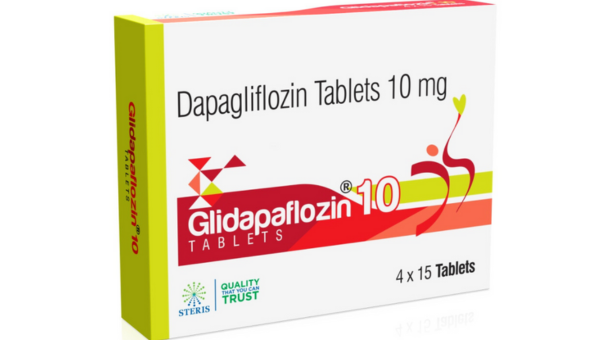Dapagliflozin 10 mg Tablet: View Uses, Benefits, Dosage and Side Effects
Jun 23, 2025
Dapagliflozin 10 mg tablet is an advanced oral antidiabetic medication primarily used in the treatment of Type 2 diabetes mellitus. Belonging to the class of drugs known as SGLT2 inhibitors (Sodium-Glucose Cotransporter 2 inhibitors), Dapagliflozin works by eliminating excess glucose through urine, thereby improving blood sugar control without increasing insulin secretion. In this comprehensive guide, we will explore the various uses, benefits, dosage guidelines, and side effects of Dapagliflozin 10 mg, along with its mechanism of action and clinical relevance in diabetes and other associated conditions.
Dapagliflozin 10 mg: An Overview
Dapagliflozin is marketed under several dapagliflozin 10 mg brand names, often as a standalone or combination therapy with other antidiabetics like metformin, saxagliptin, or insulin. It is usually prescribed as a once-daily oral tablet for patients with Type 2 diabetes, though its therapeutic role is now expanding into areas like heart failure and chronic kidney disease (CKD).
Dapagliflozin 10 mg Uses
The primary and most well-documented dapagliflozin 10 mg uses include:
1. Type 2 Diabetes Mellitus
Dapagliflozin is approved as a first-line or add-on therapy to improve glycemic control in adults with Type 2 diabetes, particularly those who are overweight or have not achieved control with metformin alone.
2. Heart Failure (with Reduced Ejection Fraction)
Recent studies, including the DAPA-HF trial, show that Dapagliflozin helps reduce hospitalizations and mortality in patients with HFrEF (heart failure with reduced ejection fraction), even if they are not diabetic.
3. Chronic Kidney Disease (CKD)
Dapagliflozin also plays a renal-protective role by reducing the progression of kidney damage, lowering proteinuria, and supporting better overall renal outcomes.
4. Weight Management
Though not a weight-loss drug, many patients experience modest weight loss while taking Dapagliflozin due to calorie loss through urinary glucose excretion.
5. Blood Pressure Reduction
It provides a mild antihypertensive effect, lowering systolic blood pressure by 3–5 mmHg on average, making it useful in patients with comorbid hypertension.
Benefits of Dapagliflozin 10 mg Tablet
The dapagliflozin 10 mg tablet offers a number of clinical and patient-centered benefits:
1. Independent of Insulin
Unlike other antidiabetic drugs that stimulate insulin release (e.g., sulfonylureas), Dapagliflozin reduces blood sugar levels without increasing insulin production, thus lowering the risk of hypoglycemia.
2. Cardiovascular Benefits
Dapagliflozin has demonstrated cardioprotective effects by reducing the risk of cardiovascular events like heart failure hospitalization, particularly in high-risk diabetic patients.
3. Renal Protection
By lowering intraglomerular pressure, it slows the decline in kidney function—a key concern in long-term diabetic patients.
4. Metabolic Improvements
It can lead to lower fasting plasma glucose, postprandial glucose, and HbA1c levels (typically by 0.5–1%).
5. Convenient Once-Daily Dosing
The 10 mg dose is simple to use, requiring no titration, and fits well into most treatment regimens.
Tab Dapagliflozin 10 mg: Dosage and Administration
The tab dapagliflozin 10 mg is taken once daily, usually in the morning, with or without food. It is important to take the tablet at the same time each day for optimal effectiveness.
General Dosage Guidelines:
- For Type 2 Diabetes: Start with 10 mg once daily.
- For Heart Failure or CKD: 10 mg once daily, as adjunct to standard care.
- In Combination Therapy: Can be combined with metformin, DPP-4 inhibitors, GLP-1 agonists, or insulin.
Special Considerations:
- Elderly Patients: Use with caution in patients ≥65 years due to higher risk of dehydration and kidney issues.
- Renal Impairment: Not recommended in patients with eGFR <25 mL/min/1.73m².
- Liver Impairment: No dose adjustment usually required for mild/moderate hepatic impairment.
Always consult your healthcare provider for personalized dosage and adjustments based on your medical history.
Dapagliflozin 10 mg Side Effects
While the dapagliflozin 10 mg tablet is generally well-tolerated, it may cause certain side effects, especially when used long-term or in combination with other medications.
Common Side Effects:
- Increased urination (polyuria)
- Genital infections (especially in women)
- Urinary tract infections (UTIs)
- Thirst and dehydration
- Headache
- Mild weight loss
Less Common but Serious Side Effects:
- Diabetic Ketoacidosis (DKA): Rare but serious; may occur even when blood glucose is not severely elevated. Symptoms include nausea, vomiting, abdominal pain, and confusion.
- Hypoglycemia: Especially when used with insulin or sulfonylureas.
- Acute Kidney Injury: Monitor renal function regularly.
- Fournier’s Gangrene: A rare but life-threatening infection of the genital area.
If any severe side effects occur, discontinue use and seek medical attention immediately.
Dapagliflozin 10 mg Brand Name Options in India
Dapagliflozin Tablet is marketed under various dapagliflozin 10 mg brand names in India, available both as monotherapy and in combination with other antidiabetic agents. Some well-known brands include:
- GLIDAPAFLOZIN 10 by Steris Healthcare
- Forxiga (Original brand by AstraZeneca)
- Dapaziga 10
- Daparyl 10
- Dapanorm 10
- Sugamet D (Metformin + Dapagliflozin combination)
It's important to choose a brand that is WHO-GMP certified, cost-effective, and known for quality manufacturing like Steris Healthcare Pvt Ltd, a trusted name in Indian pharmaceuticals.
Important Precautions Before Using Dapagliflozin 10 mg
- Stay Hydrated: This medicine increases urine output, so adequate hydration is essential.
- Avoid Alcohol: Increases the risk of dehydration and ketoacidosis.
- Monitor Kidney Function: Especially in patients with pre-existing kidney conditions.
- Not Recommended in Type 1 Diabetes: May increase the risk of ketoacidosis.
Final Thoughts: Is Dapagliflozin 10 mg Right for You?
Dapagliflozin 10 mg tablets represent a modern, evidence-based approach to managing Type 2 diabetes, heart failure, and chronic kidney disease. Its benefits extend beyond glucose control to include cardiovascular and renal protection, weight management, and ease of use. However, like any medication, it must be prescribed based on individual health status, co-existing conditions, and current treatment regimen. Always consult with your physician or diabetologist before starting or switching to Dapagliflozin 10 mg.
Recent Post
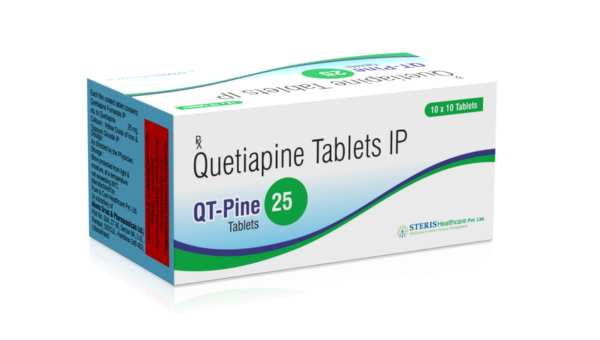
Quetiapine 25 mg Tablet Side Effects in Hindi – QT-PINE 25
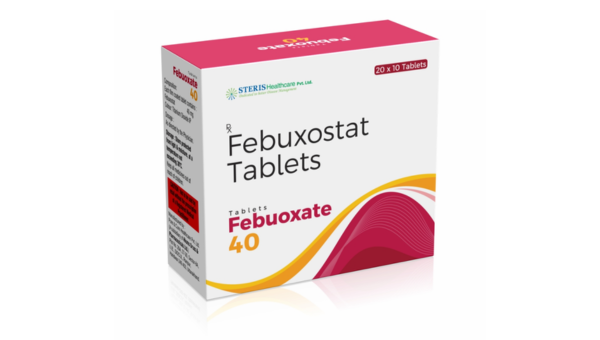
Febuxostat 40 mg Tablet – Uses, Benefits, Dosage, Side Effects & Price in Hindi
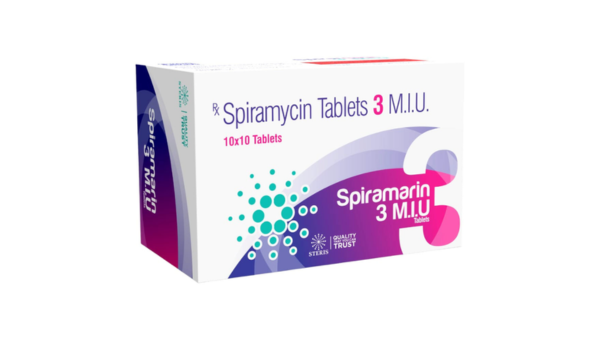
Spiramycin Tablets 3 M.I.U – Uses, Benefits, Dosage, Price & Side Effects
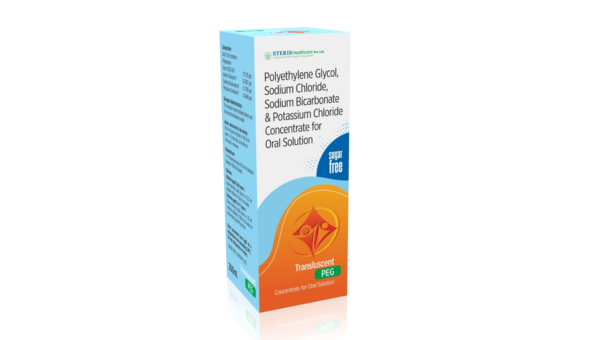
Polyethylene Glycol, Sodium Chloride, Sodium Bicarbonate & Potassium Chloride Oral Solution

Quetiapine 50 mg Tablet – QT-PINE 50 by Steris Healthcare
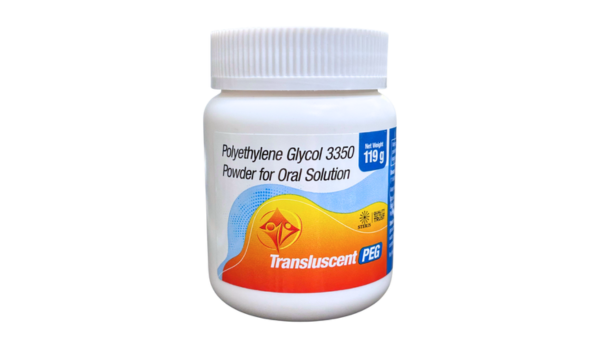
Polyethylene Glycol 3350 Powder for Oral Solution – TRANSLUSCENT PEG POWDER
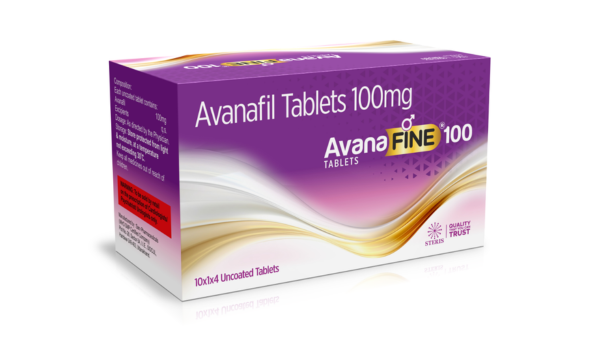
Avanafil 100 mg Tablet – AVANA FINE 100 | Uses, Benefits, Dosage, Side Effects & Price
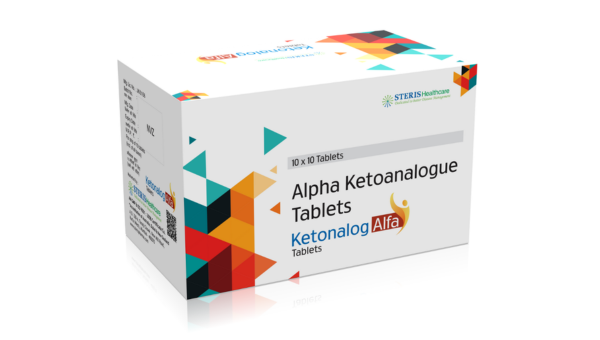
Alpha Ketoanalogue Tablets – Uses, Dosage, Side Effects, and Price
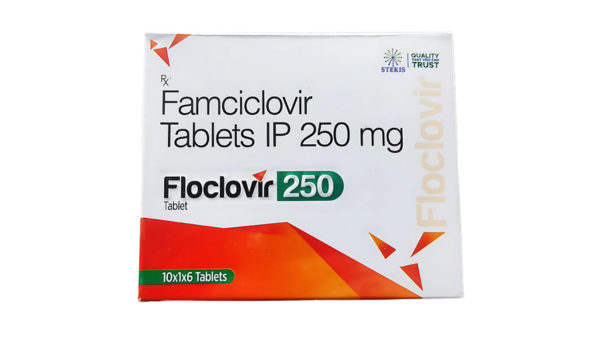
FLOCLOVIR 250: Famciclovir 250 mg Tablets – Uses, Dosage, Side Effects, and Price
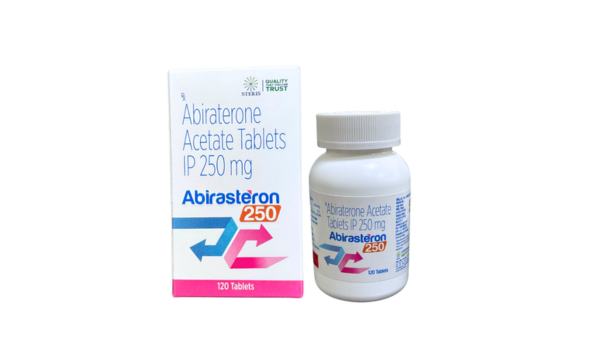
Abiraterone Acetate 250 mg Tablets: Uses, Mechanism, Side Effects, Dosage, and Price

